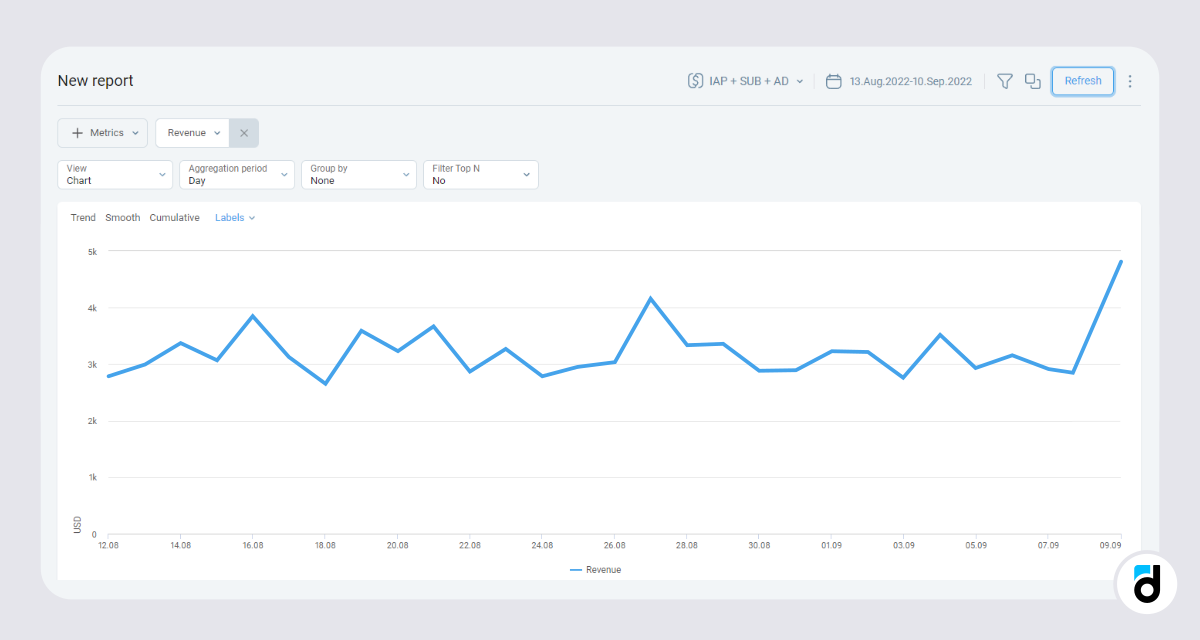If you want to increase your revenue, the first thing that comes to your mind is launching a promotion campaign. A promotion campaign is an easy and cost-effective way of gaining more user attention and earning more money in the short term. It works very well in conventional retail, and it performs equally well in the case of virtual purchases.
Let’s take one of our online projects as an example. You can think of it as a model project and simply take the same steps as listed below.
The project has been in operation for some time, and all its processes are analyzed and streamlined. At this point in time, the manager responsible for its promotion had several directions to go, and launching a promo campaign was one of them. They came up with a simple plan:

1. Audience segmentation
Why was the segmentation crucial? Let's take a look at an example. Imagine that we have an audience with an ARPU of $5. If 10% of all users pay, then the ARPPU is $50. However, if we segment the users even further, we find out that a whale brings us, let's say, $500, a dolphin — $50, and a minnow — $10. There are people who never purchase anything and people who make occasional purchases. In order to drive them to buy the promoted item, we will have to address them in different ways.
Here is an example of RFM segmentation (Smart View -> Monetization -> RFM Analysis):

2. Items
What are you going to discount? This is the question that you better ask the game designer who knows it best (as well as a game balance specialist if you have one). You need to be very careful with the items and pricing so as not to interfere with the fragile game balance. In this case they decided to discount the ‘bomb’ item:

3. Time
Then, your Live Ops manager finds time slots when the users are most active on particular days of the week. Simply open ‘Users online’:

4. Push notification campaign, badges and pop ups
After that, the Live Ops manager launched a push notification campaign (how to do it in the devtodev platform, you can read here in great detail).

Also, developers added a special ‘discount’ badge to the item and a notification that popped up one time. The users who were regular at the game had two reminders — one push notification and one badge that they inevitably saw when they launched the game.
5. Analysis
After that, the analyst analyzed the overall performance of the campaign and revenue metrics.

You will also need to analyze other metrics too — currency balance, conversion into buying bombs, ARPU, as well as revenue and ARPU by segments to find out the segments that are more susceptible to this kind of promo campaign. And don’t forget about the hangover!
All in all, this is an easy algorithm for creating a promo campaign and earning money on your mobile app or game!

